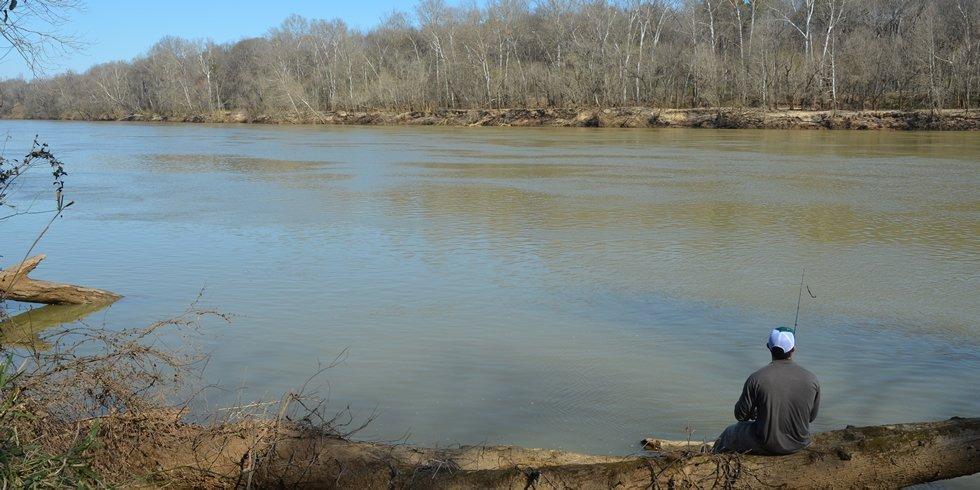Fish Habitats
Habitat determines which fish species live in various bodies of water. Trout live in lakes with clear, cold and deep water. Most lakes, by comparison, have cool, moderately clear, moderately deep water, where bass, pike, walleyes or panfish may live. Warm, shallow lakes are bullhead and carp territory.
In rivers, trout live in the youngest, cleanest and coldest portions. These areas usually are nearer the source of a river, well upstream from the river mouth. Follow a river downstream, and the fish species often change from trout to bass and walleyes, and finally, to catfish and carp. Obviously, where you choose to fish determines which fish species are available.
Fish like bass and panfish also thrive in ponds, often along with catfish. Occasionally, ponds are home to trout. "Pay ponds" are popular in some areas. Fish are stocked into these ponds and anglers pay to fish.
Gulf and Atlantic Coast waters of the South offer redfish and speckled trout, along with sheepshead and sometimes sharks and other larger predators. Stripers and shad are available farther north along the Atlantic Coast. And along the West Coast, fish like sand bass and croaker predominate, along with salmon and halibut farther north.
Tips to Catch More Fish
- Wear polarized sunglasses for eye protection, to see fish, and to see cover like boulders and weed patches where fish live.
- Match lures and baits to the diet of the fish. Panfish feed mostly on insects and tiny minnows. Small jigs are good imitations.
- Tip jigs with worm pieces or Berkley® PowerBait® Crappie Nibbles.
- Lighter line helps to make longer casts. A bobber helps keep a lure or bait off the bottom, near cover and aids in bite detection.
- Walk slowly and quietly to avoid spooking fish in shallow water.
More Fishing Tips
- Find public access areas using a state fishing guide or website. Tackle shops can also offer advice.
- Join a local fishing club to meet fishing partners and to learn about fishing hot spots.
- In spring, fish become active and move into the shallows. Many fish move upstream in rivers, gathering below dams or other barriers like bridges.
- Ponds, though, may be the best option of all. Even private ponds may be open to anglers who ask politely and behave ethically.
- In summer, areas closer to deep water offer better fishing. Try piers and bridge causeways near current. Rivers are a good option all year. Ponds remain good choices too, as fish can't move far in ponds.
- Hip boots or waders can increase the reach of shore anglers, making fishing more productive and fun.
